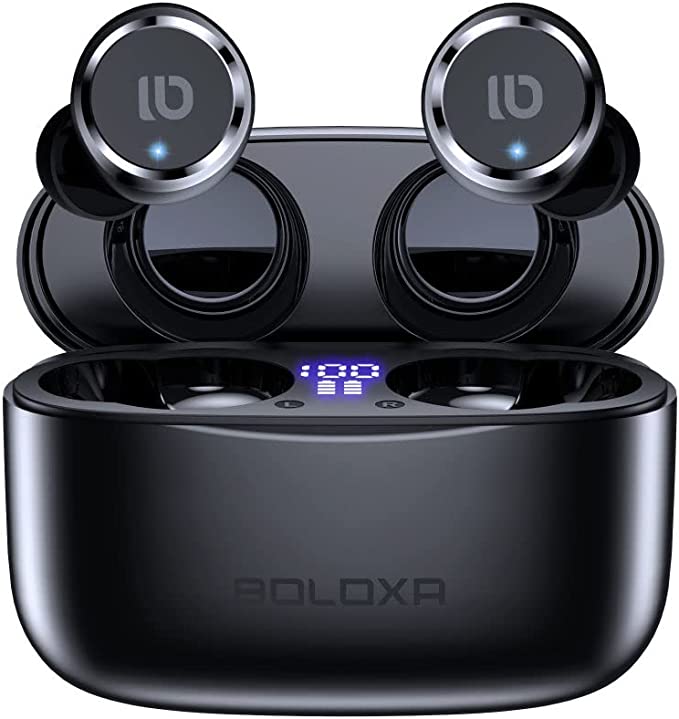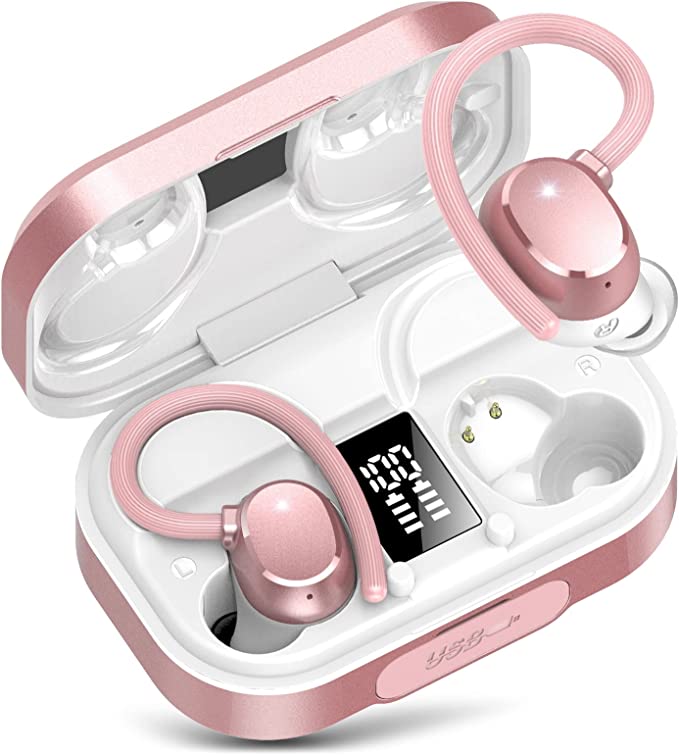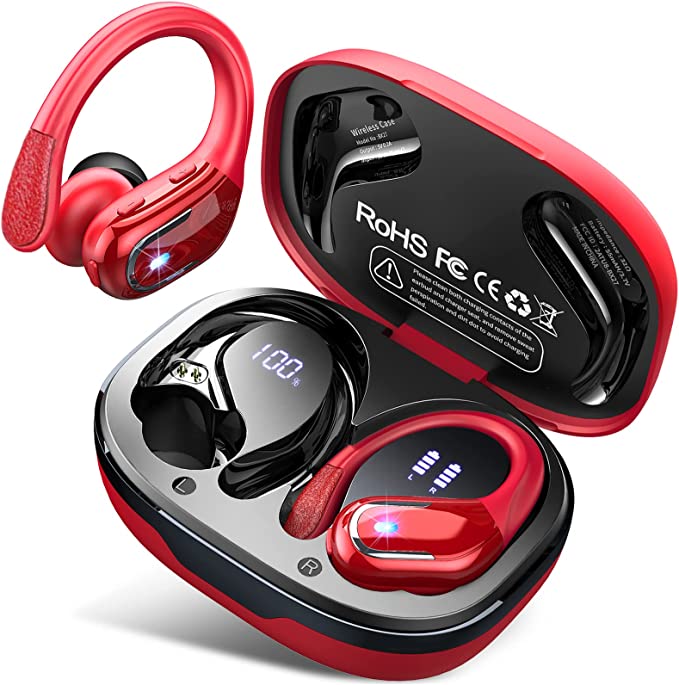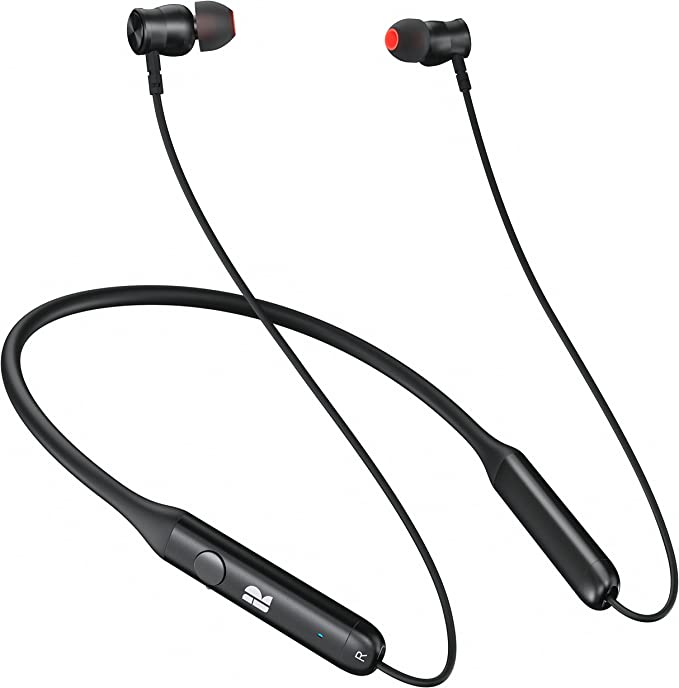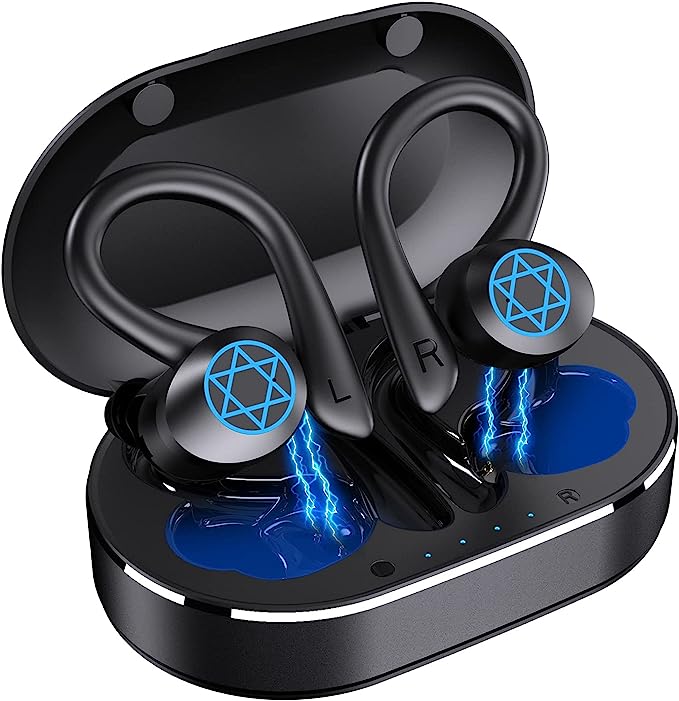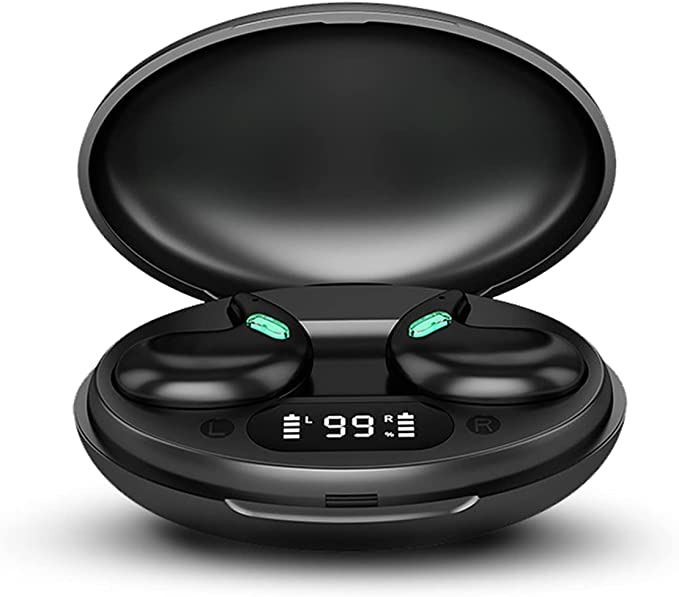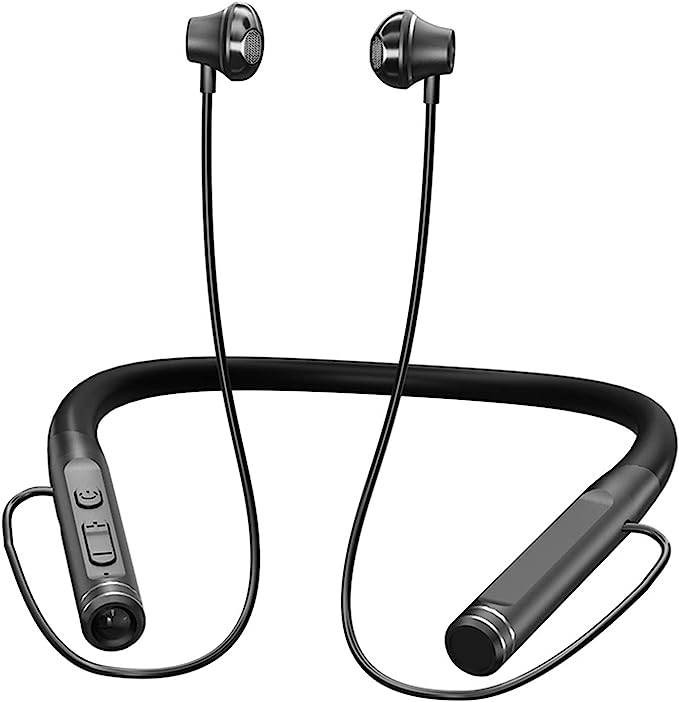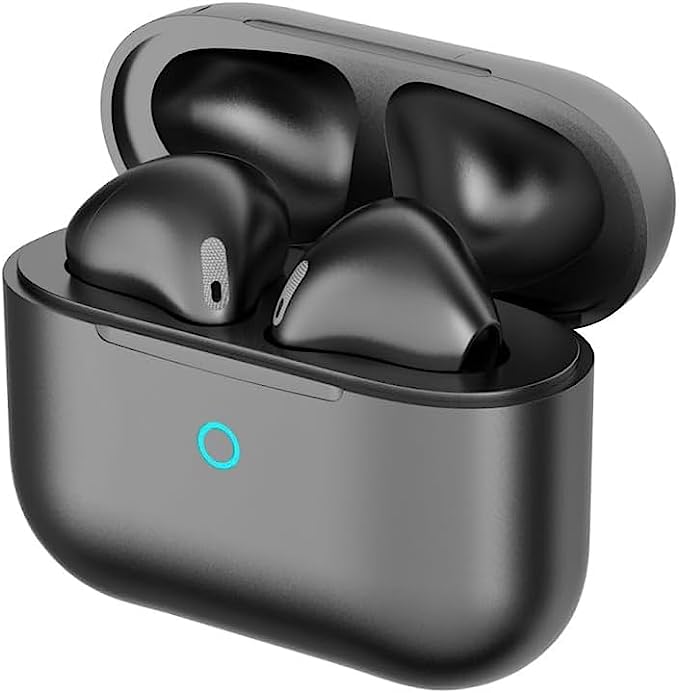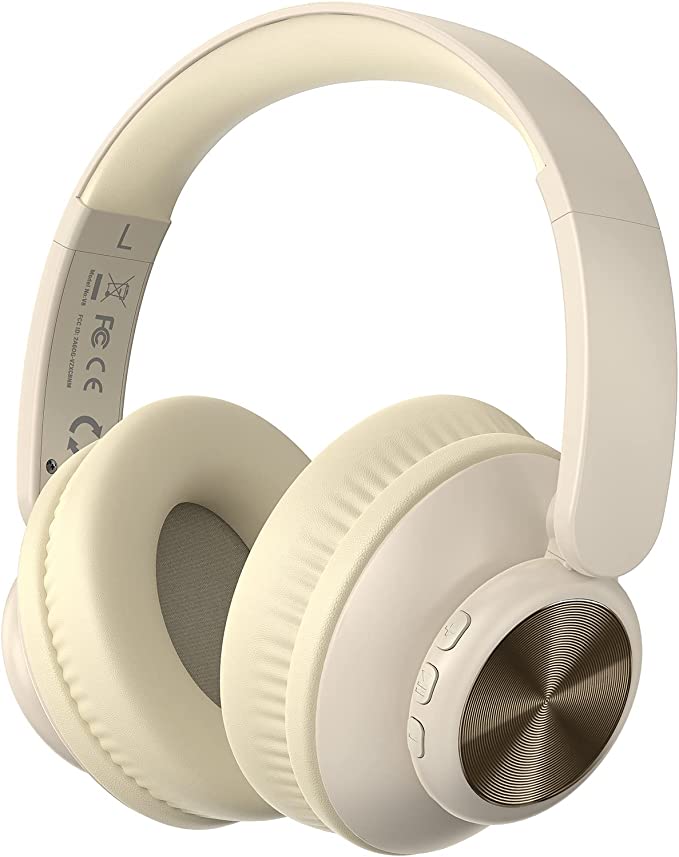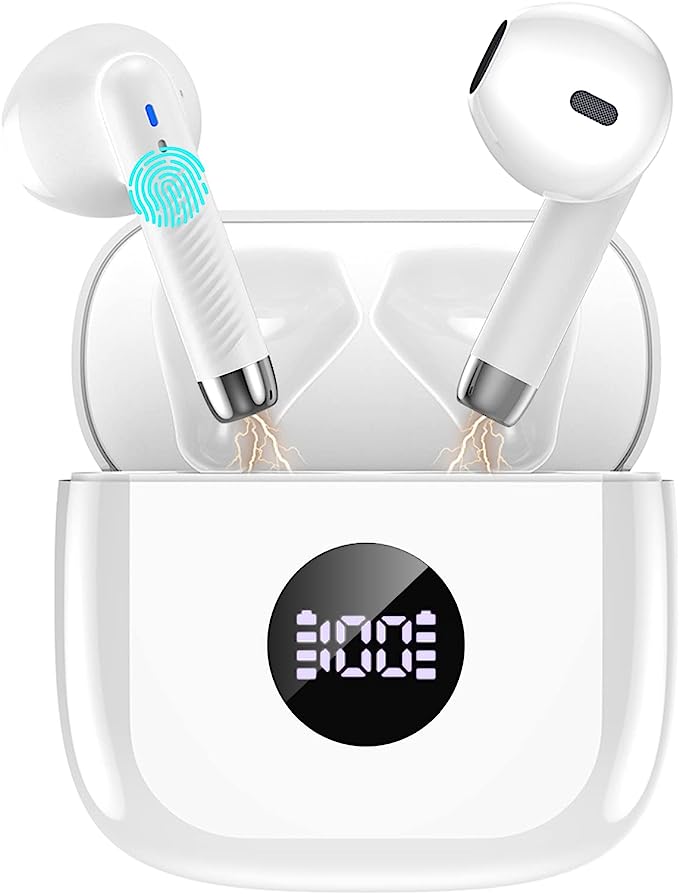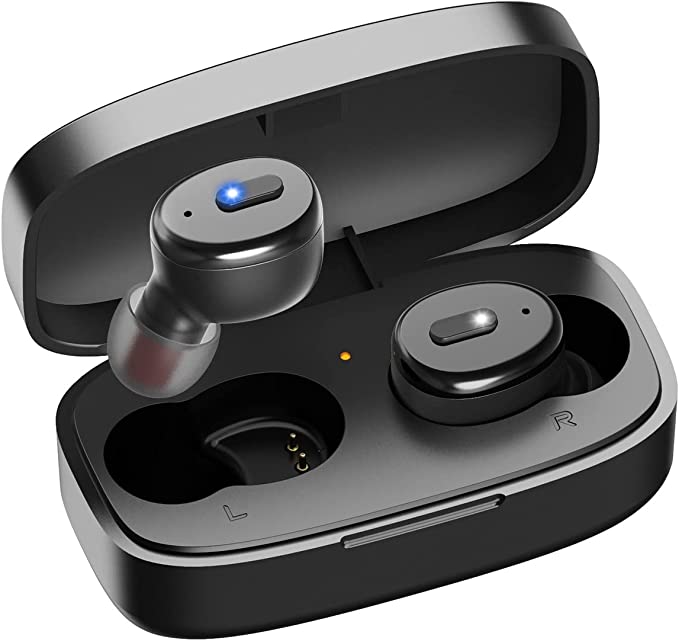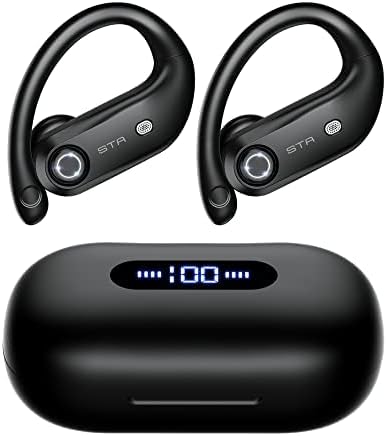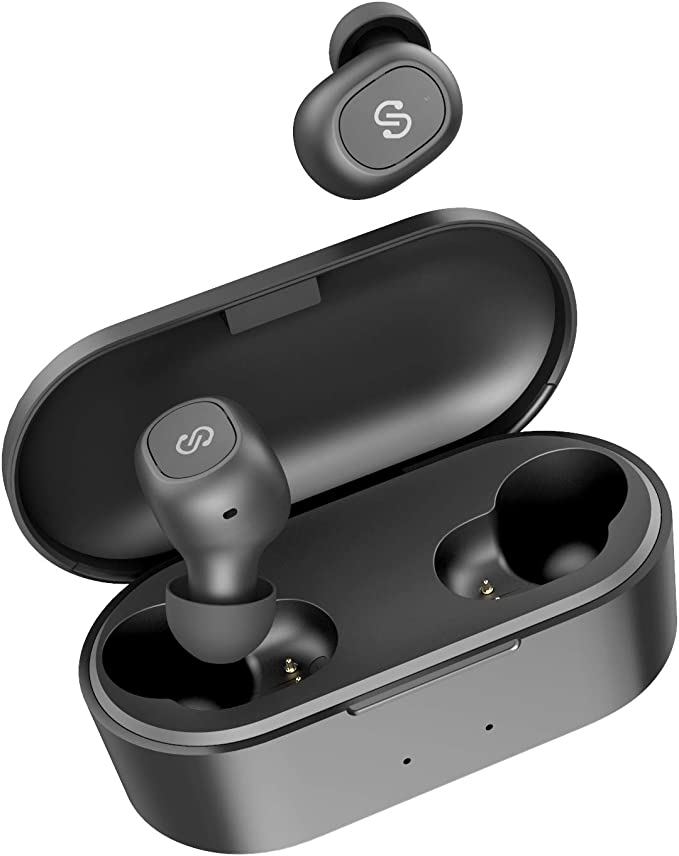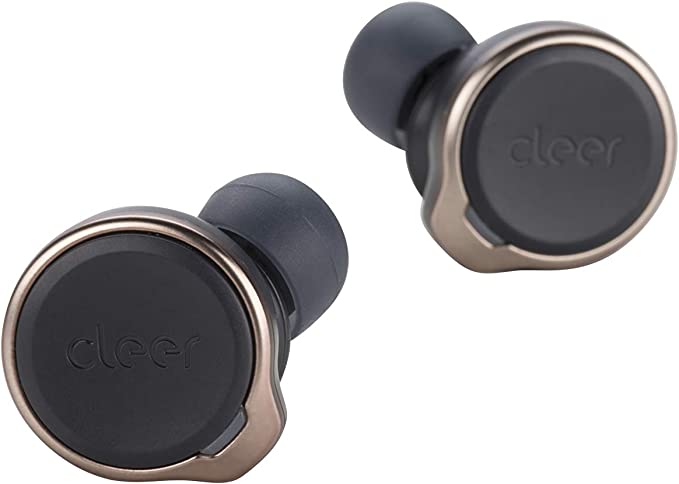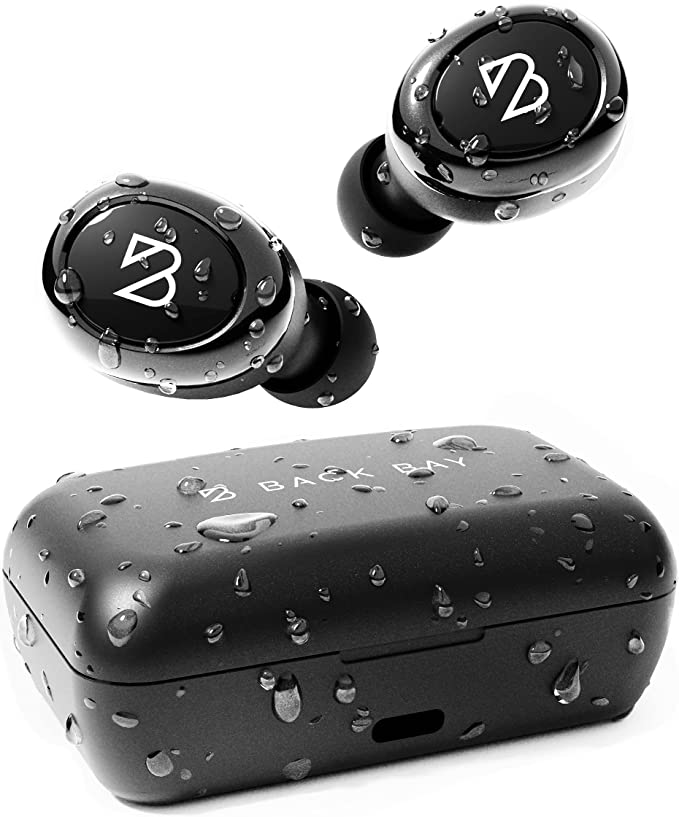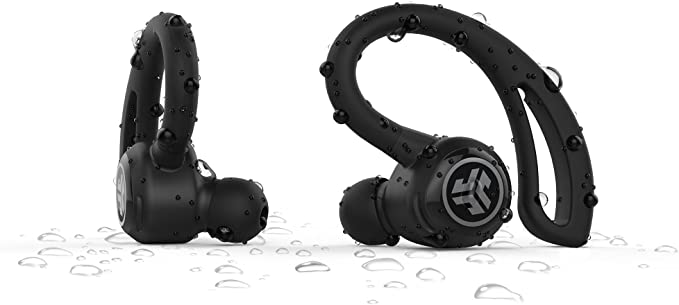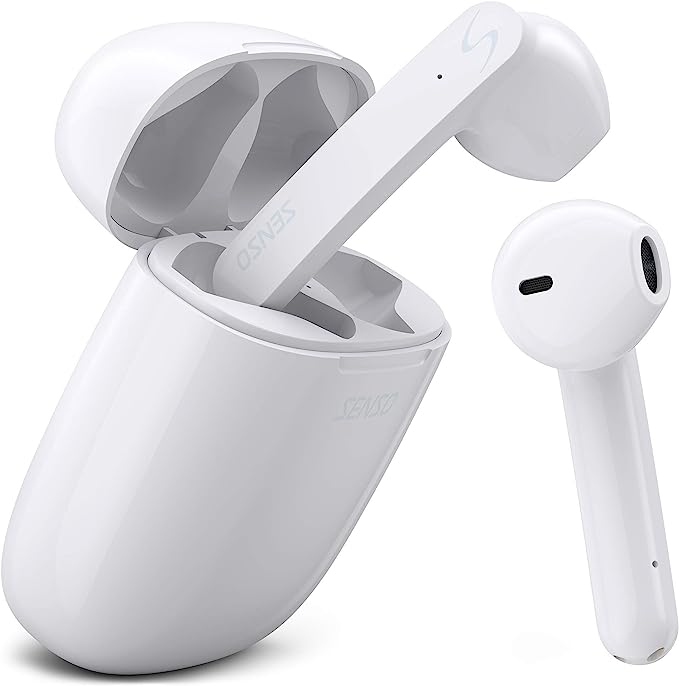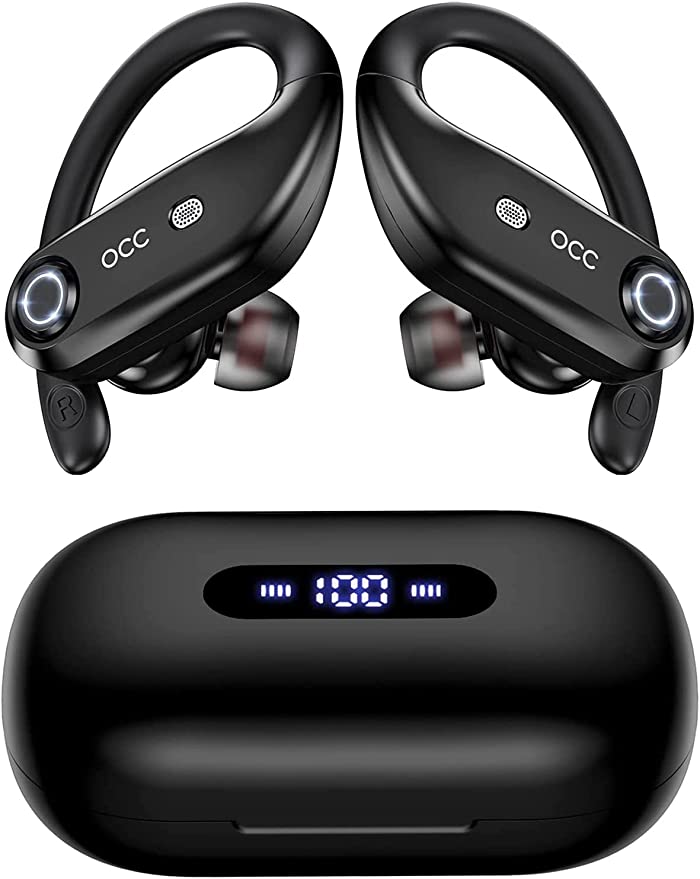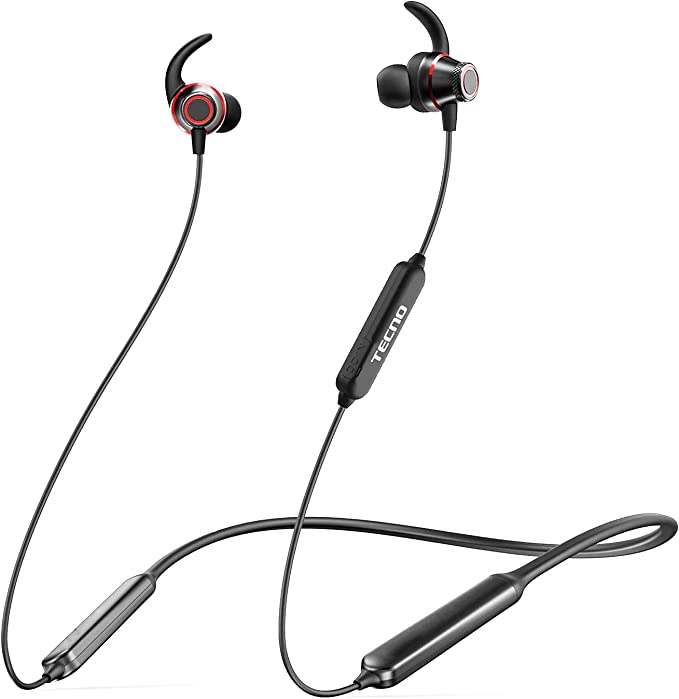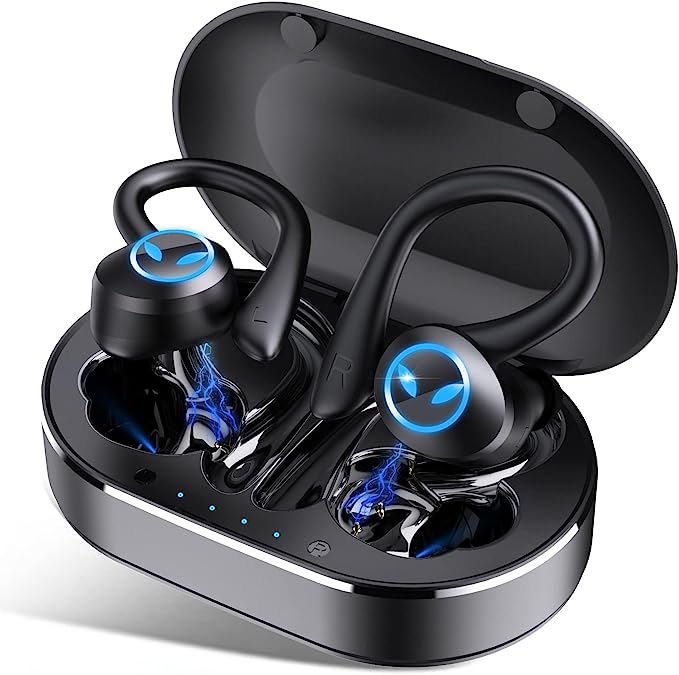The 3500mAh Anomaly: Analyzing the Kinganda HBQ-Q82 as a Power Bank Hybrid
Update on Nov. 23, 2025, 6:43 p.m.
In the crowded TWS (True Wireless Stereo) market, manufacturers typically race to make cases smaller and lighter. The Kinganda HBQ-Q82 breaks this convention by going in the exact opposite direction. It is built around a massive 3500mAh battery, blurring the line between audio accessory and emergency power supply.
This device is not just about listening to music; it is an exercise in Energy Management. By analyzing its power architecture and robust build, we can understand why sacrificing pocketability for capacity is a calculated engineering trade-off that appeals to a specific breed of power user.

The Power Plant: 3500mAh vs. The Industry Standard
To grasp the scale of the Q82’s battery, consider that the average TWS case holds between 300mAh and 500mAh. The Q82 offers 7x to 10x the energy density.
- The 150-Hour Metric: The manufacturer claims 150 hours of total playtime. Mathematically, if the earbuds draw approx. 40-50mA per hour, this massive reservoir allows for weeks of usage without a wall outlet. This transforms the charging cycle from a daily chore to a monthly event.
- Reverse Charging: The standout feature is its ability to function as a Power Bank. The case creates a micro-grid for your EDC (Everyday Carry). While it won’t fully charge a modern flagship smartphone, it provides that critical 20-30% emergency boost needed to make a call or call an Uber. This dual-utility justifies its bulkier form factor.

Visualizing Energy: The LED Dashboard
Most earbuds use cryptic blinking lights to indicate charge. The Q82 integrates a granular LED Digital Display. * Real-Time Telemetry: It shows the exact percentage of the case battery and independent charging bars for each earbud. This level of data visibility is crucial for “range anxiety,” allowing users to manage their power budget precisely—a feature borrowed from professional power banks.

Connectivity: Bluetooth 5.1 Efficiency
The Q82 utilizes Bluetooth 5.1. While slightly older than 5.3, version 5.1 introduced key improvements in GATT Caching, which speeds up reconnection times and reduces power drain during the “handshake” phase. * Low Latency: The protocol maintains a stable, low-latency link essential for video synchronization. * Signal Robustness: In the 2.4GHz spectrum, 5.1 offers improved hopping algorithms to avoid interference, ensuring that the “unseen handshake” remains firm even in crowded environments.
Environmental Hardening: IPX7 Waterproofing
The IPX7 rating elevates the Q82 from a casual accessory to a durable tool. * Immersion Physics: The ‘7’ signifies the ability to withstand submersion in 1 meter of water for 30 minutes. This requires tight manufacturing tolerances, O-ring seals, and hydrophobic coatings on the internal PCB. * Practical Application: For users, this means the device is impervious to rain, sweat, and even accidental drops in a puddle. It is built to survive the messy reality of outdoor activities.

Control Interface: Capacitive Touch
The switch to Smart Touch Control eliminates the physical pressure of clicking a button into your ear canal. * Ergonomics: By using capacitive sensors, users can control volume and tracks with a light tap. This reduces ear fatigue and maintains the seal integrity during operation.

Conclusion: The Utility-First Approach
The Kinganda HBQ-Q82 is an outlier designed for utility. It trades the slim profile of competitors for a massive 3500mAh fuel tank. It is best understood not just as headphones, but as a piece of survival gear that plays music. For travelers, campers, and anyone with battery anxiety, this hybrid architecture offers a unique value proposition that sleekness cannot match.

